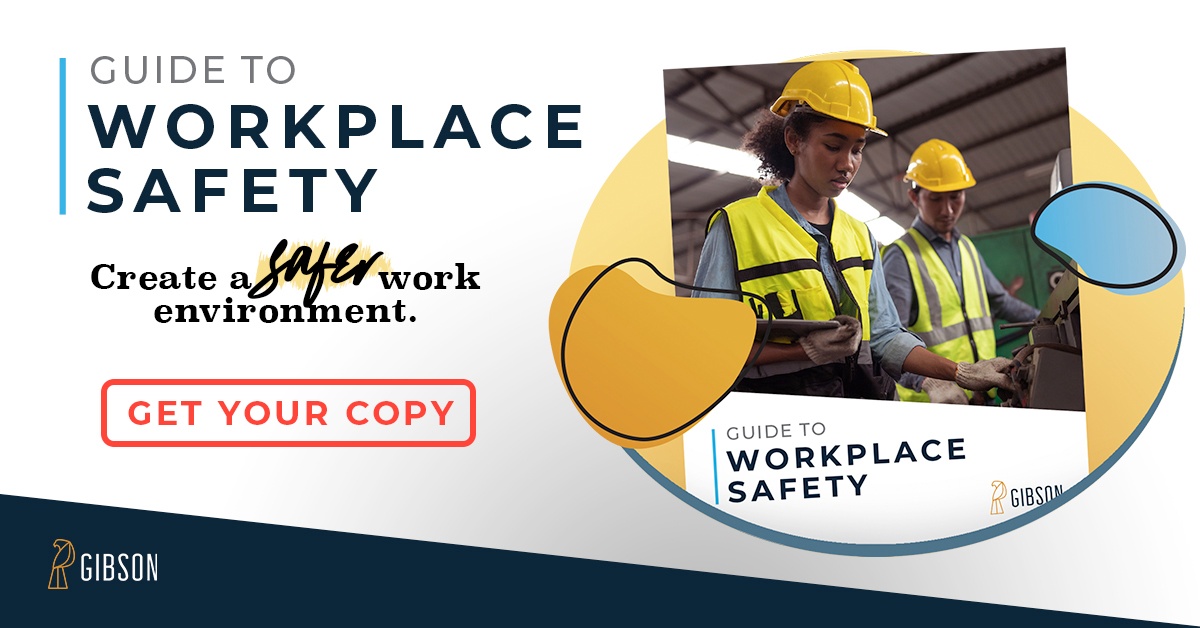When I joined Gibson, the first charge I was given was to rebuild and grow our employee benefits consulting practice. It was a smaller part of the company at the time - a little over 15% of our annual revenues.
This was a movie I had seen before.
In my prior role at one of the national insurance consultants, I was responsible for employee benefits sales and service for a multi-state territory. I was in a "player-coach" role where I personally worked with clients and managed others doing the same. We consistently received recognition for not only our financial results but team work and collaboration.
So based on the same formula, it didn't take long for us to re-tool and grow the benefits practice at Gibson. Today employee benefits makes up about 35% of our company revenue.A few years later, buoyed in part by those results, I was appointed to our Executive Leadership Team (ELT) as Chief Growth Officer. This was part of a planned transition into the role of President. I was responsible for all sales and growth in the organization. This included employee benefits but also commercial risk management and personal insurance - neither of which I had any experience in.
So what did I do? I dusted off the old script one more time.
I believed I was having a significant impact on the organization and the numbers proved it.
I was certain others had noticed, too. Just like waiting to get the results of a college exam you knew you had aced, I eagerly anticipated the feedback from our annual 360 review process for the ELT (and the first in my career).
That day turned out to be one of the most difficult of my professional life. Sure there were some nice comments but a theme began to develop. Below is some of the feedback I received:
- He needs to work on developing more trust with others.
- Viewed as not having as much respect for the technical people.
- Needs to continue to develop relationships with managers.
And then the dagger...
- Tim still needs to make some headway if he's going to be the next President. He should avoid the perception of favoring the sales staff and strive to have positive relationships with all the staff.
If I'm going to be President? Ouch. And for the quintessential people person, being called out for not fostering trusting and respectful relationships might have hurt the most.
My first reaction was to lay blame on everyone else.
How can they honestly make those statements about me? They could come see me if they wanted to talk. They should work around my busy schedule.
Angry and a little shaken, I turned to our then President, Greg Downes, for some advice. Through a lot of tough conversations, I realized it was about perceptions. We all base those on what we know and believe to be true.
Greg helped me understand that in all my previous roles, I was in the trenches working right alongside my team. We won and lost together. We trusted each other because we knew each other. He said, "Tim, I had already been here for 20 years when I became President. You've been here three. How can you possibly expect people - particularly those you don't work closely with - to know you, much less trust you?" He was right. And more importantly it was my responsibility to change that.
I began a quest to better connect and engage with our employees.
This hasn't been easy as our group is spread across four offices. For at least half the employees, our day-to-day roles don't bring us in contact with each other on a weekly or even monthly basis. While I think I've made progress, and the more recent 360 assessments suggest the same, I know there is still much room for improvement. But at least I know it now. I'm aware and I can work on it. Without the assessment, I would have continued flying blind.
The irony is that many companies have elaborate annual review processes for their employees. However when it comes to the top executive there often isn't a safe process for direct reports to provide unvarnished feedback.
So what's the risk in not knowing?
You can't work on the things you don't know are an issue. A thorough assessment that includes feedback from your direct reports can go a long way in helping you understand your blind spots. Do you have the courage to learn how your team really feels about your leadership?
- Start with a handful of direct reports you feel comfortable with.
- Appoint one of them as the coordinator - perhaps your head of HR or your CFO.
- Develop a set of specific questions and ask for their thoughts.
- Let them know you want the stone cold truth (and mean it).
- When the feedback comes, don't argue or debate. Just read, absorb and listen.
Be Prepared: You’re bound to learn something new. And what you learn may not feel so good. Whether you come away with some major self-discovery or that one little nugget, you’ll be better for it and so will your organization.



